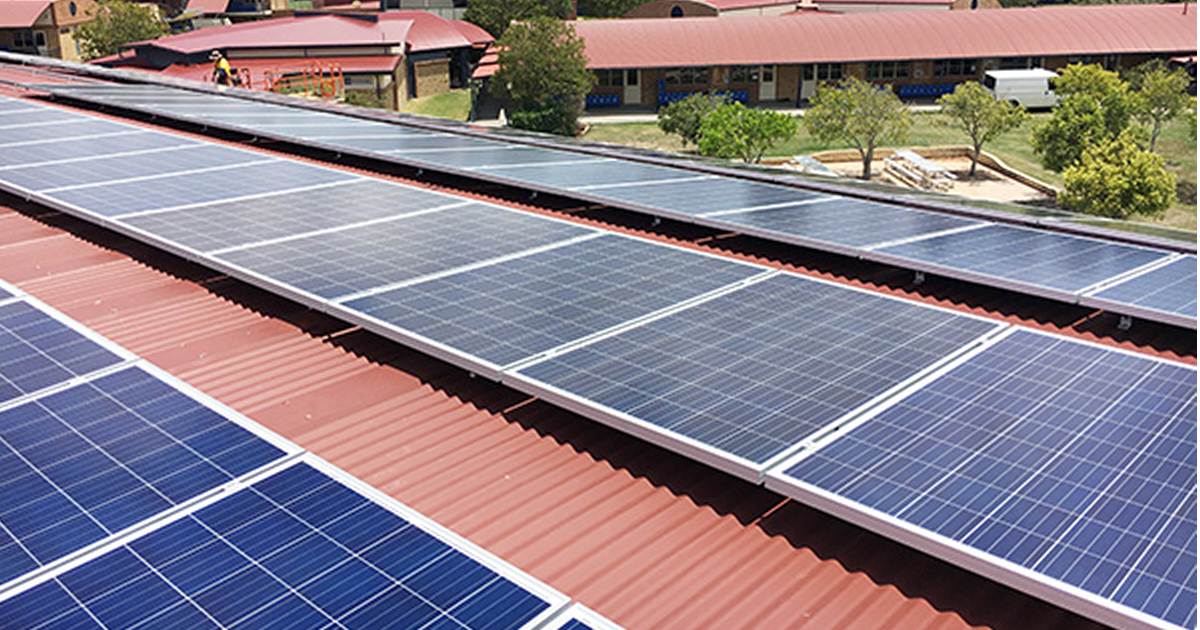The number of schools to have solar panels installed under the Queensland Government’s ACES initiative has more than doubled in the last month.
The first phase of the Palaszczuk Government’s Advancing Clean Energy Schools program aims have solar on the rooftops of 212 schools by the end of the financial year. Some of these schools may already have PV systems, but ACES will build on capacity.
When we last reported on ACES in November, only 34 schools had installations under the scheme by that point. According to Queensland Education Minister Grace Grace, 76 now have new solar energy systems.
Ten thousand solar panels have been installed on Queensland state school buildings and classrooms under ACES so far, representing 3MW of capacity. Minister Grace said by the end of this year, another 14 schools should have systems in place – an additional 2,000 panels to add to the tally. Schools in Gladstone, Townsville, Rockhampton and Toowoomba are next in line for installations.
Queensland’s state schools spend more than $71 million each year on energy. When ACES is done and dusted, it’s expected to provide electricity cost savings of approximately $10 million a year. However, the full program is costing $97 million – rather pricey given the cost of solar these days.
This first phase of ACES will be followed by phase 2 in 2020-21 and phase 3 in 2021–22 . In total, up to 800 schools will have systems installed.
“Not only are we going to save millions of dollars, we’re also helping reduce our impact on the environment and support local jobs in the process,” said Minister Grace.
Minister Grace stated rollout of the ACES program is expected to support 320 jobs (up from the previous estimate of 281) and 58,000 hours of apprentice work.
More Cooler Schools = More Electricity Use
The financial and emissions savings from ACES will be especially important given another Palaszczuk Government initiative that will increase electricity consumption – Cooler Schools.
More than 300 schools across southern Queensland will have air conditioning installed over the summer school holidays; with some to also have solar power systems under Phase 1 of ACES. 390 schools across the state already have air-conditioning.
As a result of Cooler Schools, thousands of future students will be deprived of the privilege bestowed on many of us in years gone by – summers in a classroom with no air-conditioning and zero insulation. “Cooling” often involved a single noisy pedestal or ceiling fan competing with the drone of a teacher on the brink of heat exhaustion who really wanted to be somewhere else (as we did).
And missing out on that experience is very good thing, particularly if the electricity to power it all is offset by renewables. Whether the ACES rollout will achieve that isn’t clear.


 RSS - Posts
RSS - Posts



Speak Your Mind